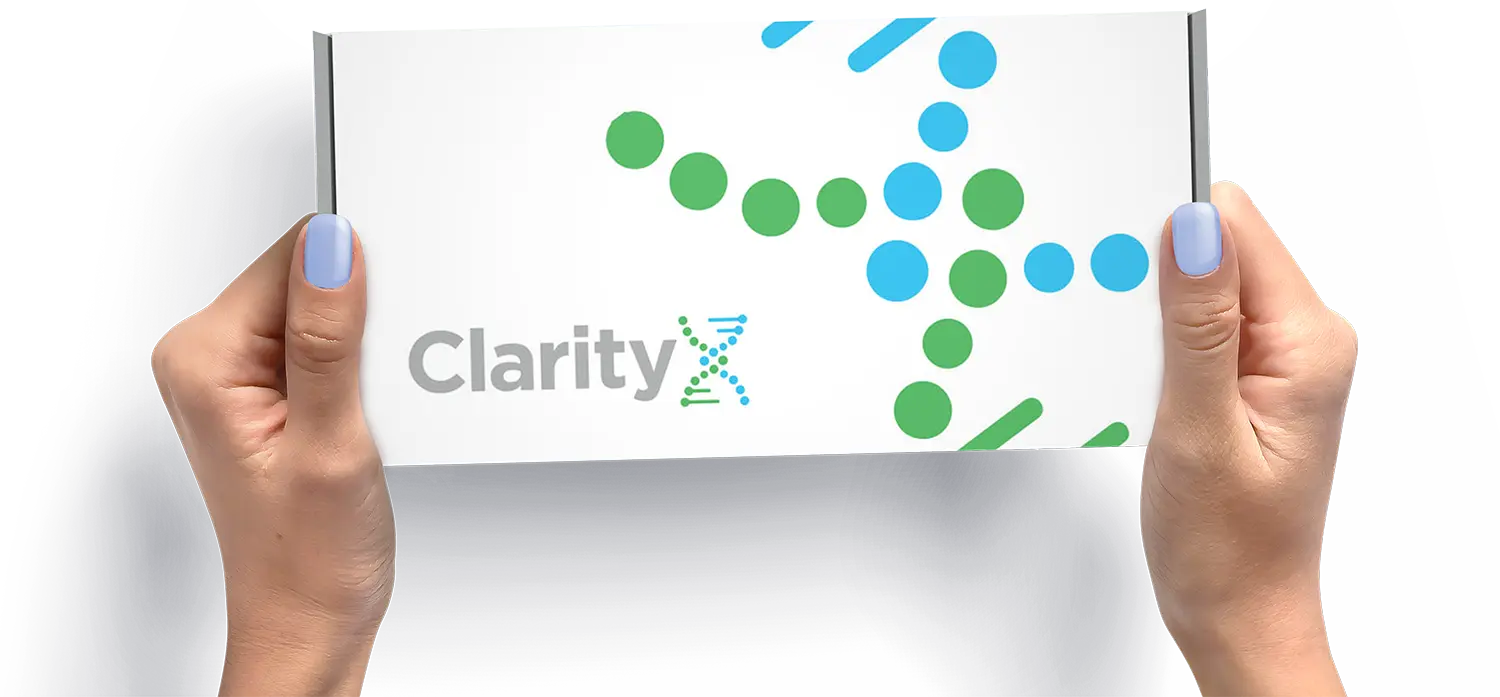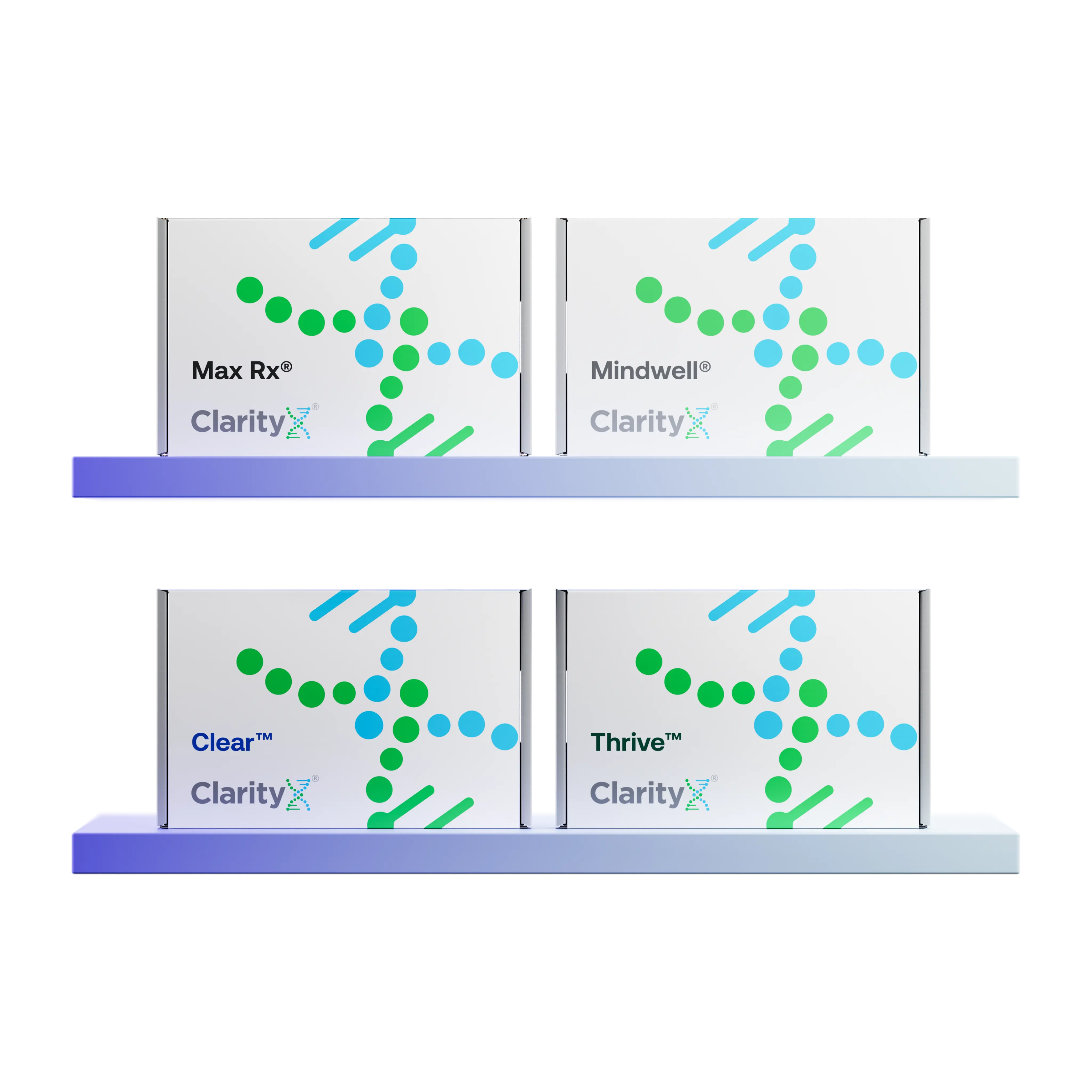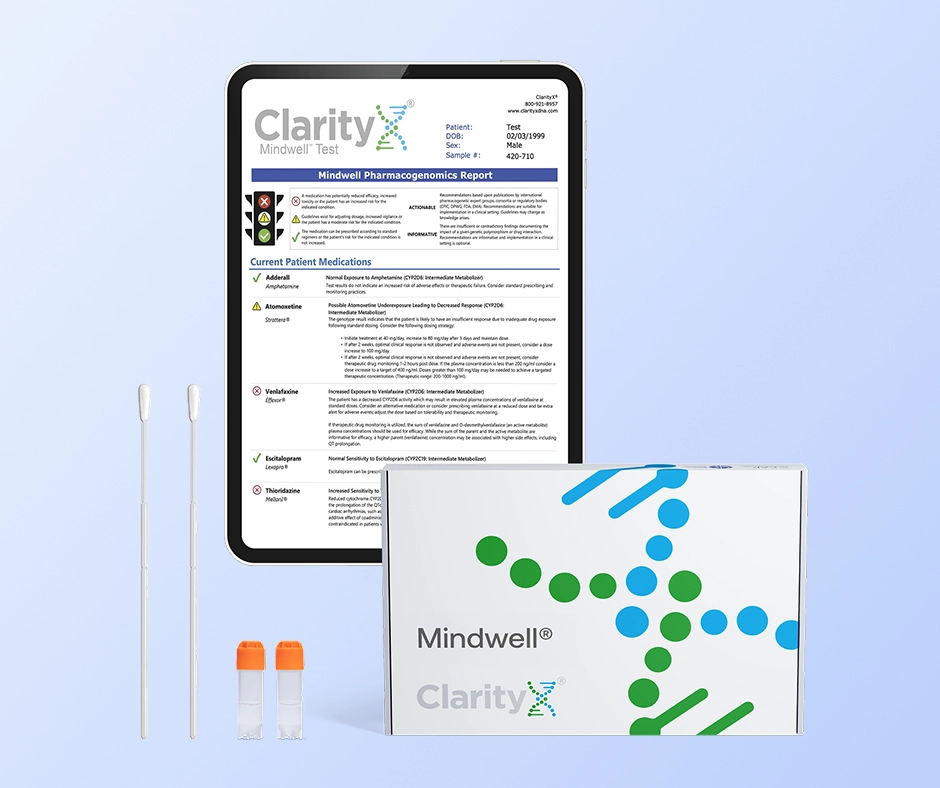Key Highlights
- OCD (Obsessive-Compulsive Disorder): A disorder defined by obsessions (intrusive, unwanted thoughts that cause anxiety) and compulsions (repetitive behaviors performed to relieve that anxiety).
- OCPD (Obsessive-Compulsive Personality Disorder): A personality disorder defined by a rigid, pervasive pattern of perfectionism, orderliness, and control.
- The Core Difference (Insight): People with OCD are typically distressed by their thoughts and know they are irrational. People with OCPD usually believe their way is the "right" and "best" way and do not see their behavior as a problem.
- The Motivation Difference: OCD behaviors are driven by a need to reduce anxiety. OCPD behaviors are driven by a desire to achieve perfection.
- Treatment: The two are treated very differently. OCD often responds well to SSRI medication and specific therapy (ERP). OCPD is treated with long-term psychotherapy focused on rigid thinking.
Introduction
On the surface, obsessive-compulsive disorder (OCD) and obsessive-compulsive personality disorder (OCPD) might sound like the same thing. While both involve a degree of rigid behaviors, they are two distinct mental disorders with unique characteristics.
OCD, which was previously classified as an anxiety disorder, causes significant distress through a cycle of obsessions and compulsions. OCPD, on the other hand, is an ingrained personality pattern of extreme perfectionism and control. Understanding the difference is the first step toward an accurate diagnosis and the right treatment.
Defining Obsessive-Compulsive Disorder (OCD) and Obsessive-Compulsive Personality Disorder (OCPD)
The similar names easily cause confusion. However, OCD is primarily characterized by intrusive thoughts that lead to compulsive behaviors aimed at reducing anxiety. In contrast, OCPD is a type of personality disorder defined by a long-term, pervasive pattern of perfectionism, orderliness, and control.
What is Obsessive-Compulsive Disorder (OCD)?
Obsessive-compulsive disorder (OCD) is defined by obsessions (persistent, unwanted thoughts or images that feel intrusive) and compulsions (repetitive behaviors or mental acts you feel driven to perform in response).
These OCD symptoms can vary in intensity and often focus on themes like safety, contamination, or morality. As a result, OCD typically causes significant distress. Although the Diagnostic and Statistical Manual of Mental Disorders (DSM-5) once listed OCD as an anxiety disorder, newer editions have placed it in a separate category called "Obsessive-Compulsive and Related Disorders."
What is Obsessive-Compulsive Personality Disorder (OCPD)?
Obsessive-compulsive personality disorder (OCPD) is a personality disorder that involves a strict, inflexible need for orderliness, control, and perfectionism. Someone with this condition will likely try to manage even the smallest details of their life, often at the expense of flexibility, efficiency, and new experiences.
As a compulsive personality disorder, OCPD involves long-held personality traits that are problematic. The OCPD symptoms can make it difficult for individuals to relate to others, as their unwavering devotion to perfectionism can disrupt social functioning.
Core Symptoms and Common Behaviors of OCD
The main experience of OCD centers on a cycle of obsessions and compulsions. These are not simple habits; they are intrusive thoughts that cause significant anxiety, leading to repetitive behaviors meant to soothe that distress.
Typical Obsessions and Compulsions in OCD
Obsessions are recurring and unwanted thoughts, images, or urges. Compulsions are the repetitive rituals a person feels driven to perform to reduce anxiety or prevent a feared event.
These two elements are fundamentally linked. For example, someone might have an obsessive fear of contamination that leads to a compulsion of washing their hands dozens of times a day. The person often recognizes that their behaviors are excessive but feels unable to stop.
Some common examples include:
- Intrusive thoughts about causing harm, leading to mental reassurance rituals.
- A persistent fear of germs that results in compulsive handwashing.
- An overwhelming need for symmetry, causing someone to constantly rearrange objects.
How OCD Presents in Daily Life
The cycle of obsessions and compulsions can have a profound impact on daily life. For many, these rituals become extremely time-consuming, often taking up more than an hour each day and significantly disrupting work, school, and relationships. The constant struggle with intrusive thoughts can be mentally exhausting and lead to avoidance of situations that might trigger symptoms.
Core Traits and Behaviors of OCPD
Unlike the anxiety-driven symptoms of OCD, the core of OCPD is a set of ingrained and rigid personality traits. These traits revolve around a deep-seated need for perfectionism, orderliness, and control over oneself, others, and situations.
Hallmark Signs of OCPD
A persistent preoccupation with order and control is a central feature of OCPD. Individuals often have such high expectations for themselves and others that it interferes with their ability to function. This preoccupation can manifest in various ways, impacting everything from work habits to relationships.
Here are some hallmark signs of OCPD:
- Excessive devotion to work and productivity, often at the expense of friendships and leisure.
- Reluctance to delegate tasks unless others agree to do them exactly their way.
- Inflexibility regarding morals, ethics, or values.
- Difficulty discarding worthless objects, even those without sentimental value (hoarding).
- A miserly spending style; hoarding money for future catastrophes.
Everyday Patterns Seen in OCPD
The rigid traits of this personality disorder show up consistently. A person with OCPD might insist on organizing their desk in a precise way, spending an excessive amount of time ensuring everything meets their standards before they can begin working.
In group settings, they may feel a strong need to oversee every detail. They struggle to let others make decisions, which can cause tension. This inflexibility makes it difficult to adapt to change or be spontaneous. Any disruption to their carefully laid plans can cause them considerable stress.
Key Differences Between OCPD and OCD
Understanding the key differences is vital for an accurate diagnosis. The primary distinction lies in the person's awareness (insight) and the motivation behind their behaviors.
The table below highlights the main contrasts.
Awareness and Insight: OCPD vs. OCD
A crucial difference is insight. People with OCD are often very distressed by their unwanted thoughts. This is called being "ego-dystonic" the thoughts are separate from and in conflict with their self-identity. They typically recognize their compulsions are excessive, even if they feel powerless to stop them.
In contrast, individuals with OCPD usually believe their actions have a purpose and are the "right" or "best" way to do things. This is called being "ego-syntonic"—the thoughts and behaviors are in harmony with their self-identity. They do not generally see their rigid traits as problematic, which is a key reason they may not seek help.
Obsessions, Compulsions, and Motivation in Each Disorder
The motivation is fundamentally different. OCD is defined by true obsessions and compulsions. The drive to perform a ritual is a direct response to the anxiety caused by an intrusive thought.
The rigid behaviors in OCPD are not fueled by uncontrollable thoughts in the same way. The motivation stems from an internal need for perfection and control. The actions are seen as productive steps toward an ideal standard.
- OCD: Behaviors are a reaction to anxiety or fear.
- OCPD: Behaviors are driven by a need to achieve perfection.
Impact on Routine and Flexibility
The impact on daily life also differs. For someone with OCD, their routine is often disrupted by the need to perform compulsions. These rituals are unwanted intruders that make it difficult to adhere to a plan.
For a person with OCPD, the routine is the goal. There is a strong need to follow rigid schedules, lists, and rules. This lack of flexibility makes it challenging to adapt to change or be spontaneous. Any break from their established routine can cause significant stress.
How Each Disorder Affects Relationships and Daily Functioning
Both OCD and OCPD can place considerable strain on relationships, though for different reasons.
Social Interactions and Relationship Dynamics
With OCPD, the strong need for control, rigid expectations, and difficulty showing emotions can make it hard to maintain healthy relationships. Family and partners may perceive the person as cold, controlling, or overly critical, which leads to conflict.
For individuals with OCD, relationship strain often arises when family members don't understand the compulsions or become entangled in the rituals (e.g., providing constant reassurance). The person with OCD might also avoid social situations that could trigger their obsessions.
Workplace and Home Life Differences
At work, a person with OCPD might be a high achiever due to their dedication. However, their perfectionism and inability to delegate can make it hard to complete tasks on time. At home, their strong need for order can cause friction.
In contrast, someone with OCD may find their productivity at work is hindered by the need to perform time-consuming, unwanted compulsions. At home, the rituals can disrupt family routines and create a stressful environment.
Diagnostic Criteria for OCPD and OCD
A mental health professional relies on specific criteria from the Diagnostic and Statistical Manual of Mental Disorders (DSM-5-TR) to make a formal diagnosis.
Diagnostic Process for OCD
A professional diagnoses OCD based on the presence of obsessions, compulsions, or both. A key criterion is that the symptoms are time-consuming (e.g., more than an hour per day) or cause significant distress and impairment in social, occupational, or other important areas of functioning.
Diagnostic Process for OCPD
For a diagnosis of OCPD, a professional looks for a pervasive and long-standing pattern of preoccupation with orderliness, perfectionism, and control. This pattern typically begins by early adulthood. The individual must exhibit at least four specific symptoms listed in the DSM-5-TR, such as preoccupation with details, excessive devotion to work, and reluctance to delegate.
Causes and Risk Factors: OCPD vs. OCD
The exact causes are not fully understood, but it's believed that a combination of genetic and environmental factors contributes to both.
What Leads to the Development of OCD?
- Genetic Factors: Research shows that first-degree relatives of people with OCD have a higher risk of developing the disorder.
- Brain Function: The effectiveness of Selective Serotonin Reuptake Inhibitors (SSRIs) suggests that the neurotransmitter serotonin is involved.
- Environmental Factors: Experiencing trauma or significant stress can sometimes trigger the onset of OCD symptoms in predisposed individuals.
Contributing Factors for OCPD
The development of this personality disorder is also complex.
- Childhood Experiences: Some theories suggest that OCPD traits may stem from early life experiences, such as having overprotective or rigid caregivers.
- Genetic Factors: Like OCD, there may be a biological component. Having relatives with the condition could make you more likely to develop it.
Treatment Options for OCD vs. OCPD
This is another key area of difference. The treatment that works for one is generally not the first-line treatment for the other.
- Treatment for OCD: The gold standard is a specific form of Cognitive-Behavioral Therapy (CBT) called Exposure and Response Prevention (ERP). In ERP, a person is gradually exposed to their feared obsession without being allowed to perform the compulsion, breaking the anxiety cycle. This is often combined with medication, typically SSRIs, which can be very effective at reducing the "noise" of the obsessions.
- Treatment for OCPD: OCPD is generally considered more difficult to treat because the person often doesn't believe they have a problem. The primary treatment is long-term psychotherapy (like psychodynamic therapy or CBT). The goal is to help the person gain insight, increase flexibility, and understand how their rigid behaviors affect others. Medication is not a primary treatment for OCPD itself, but it may be used to treat co-occurring conditions like anxiety or depression.
Personalizing Treatment with Pharmacogenomic PGx Testing
When medication is considered for either condition, a pharmacogenomic test can be a valuable tool to avoid the common "trial-and-error" process.
A simple, non-invasive PGx test like the ClarityX® Mindwell® test analyzes your DNA to see how your body may process specific medications.
- For OCD: This is extremely relevant. A PGx test can help a doctor predict which SSRI (like fluoxetine or sertraline) is most likely to be effective for you and which ones might cause significant side effects. This can shorten the time it takes to find relief.
- For OCPD: While medication isn't the main treatment, many people with OCPD also suffer from co-occurring anxiety or depression. A PGx test can help a doctor find the right antidepressant or anti-anxiety medication to treat these symptoms, which can make psychotherapy for OCPD much more effective.
Conclusion
Understanding the differences between OCD and OCPD is crucial for accurate diagnosis and effective treatment. While both may share some characteristics, their underlying motivations, symptoms, and impacts on daily life are distinctly different. Recognizing these nuances fosters greater awareness and compassion.
Frequently Asked Questions
Can someone have both OCD and OCPD at the same time?
Yes, it is possible for them to co-occur. Research suggests that a notable percentage of people with OCPD also meet the criteria for OCD. A mental health professional can provide an accurate diagnosis and create a comprehensive treatment plan to address both.
Are compulsions present in OCPD like they are in OCD?
No, OCPD does not involve true compulsions in the same way OCD does. OCPD symptoms include rigid behaviors and rituals, but they are motivated by a desire for perfection and are seen as purposeful. OCD compulsions are irrational acts performed to relieve anxiety caused by an unwanted obsession.
Who is more likely to be diagnosed with OCPD or OCD?
OCPD is considered one of the most common personality disorders and is believed to affect a larger portion of the general population than OCD. OCD affects an estimated 2–3% of people during their lifetime.
Resources:
https://www.psychiatry.org/psychiatrists/practice/dsm
https://lightonanxiety.com/what-are-ego-dystonic-thoughts/
https://www.psychologytoday.com/us/blog/modern-minds/202203/when-you-cant-see-your-own-illness
https://www.psychiatry.org/psychiatrists/practice/dsm
https://www.mayoclinic.org/diseases-conditions/depression/in-depth/ssris/art-20044825
https://iocdf.org/about-ocd/treatment/erp/
https://counselingcentergroup.com/psychodynamic-psychotherapy-vs-cbt/
https://clarityxdna.com/blog/learn/pharmacogenetic-testing-unlocking-personalized-medicine/






